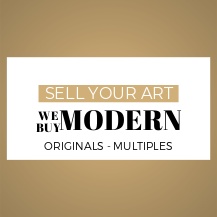- Modern art. Aesthetic or non-aesthetic narrative principles?
- The way to get unstuck is to start down the wrong path

- 17 June '19
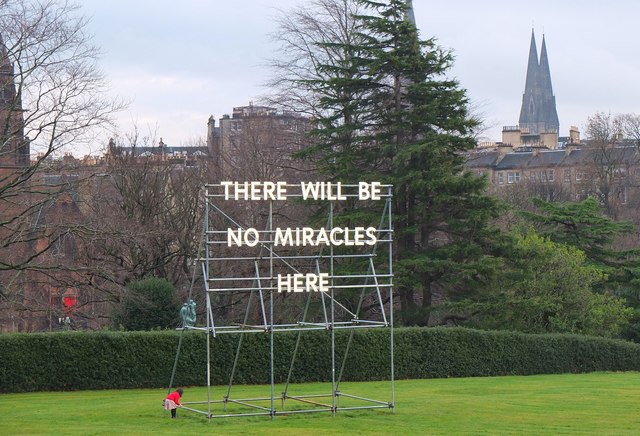

by Shane Lewis
17 June '19Modern art. Aesthetic or non-aesthetic narrative principles?
Robert Hughes described Warhol as ‘as one of the stupidest people I’d ever met in my life. Because he had nothing to say’. Let’s have a look at modern perspectives about art criticism.

The problem with art criticism in its current state is that there is a widespread belief – across the board – that, in the end, nobody really knows what art is, and so everyone is entitled to their own opinion. This means that establishing yourself as an authority on art is going to be about the strength of your performance, not the quality and consistency of your ideas.
If you want to know about an artwork ‘as art’, you want to know what it is revealing to you in its own unique way. There is, of course, the need for analyzing further, and it is interesting, as it tells you more about the essence of the artworks themselves, however, the modern scenario is neglecting this part, reasoning with the following:
“If we approach art as a feature of cultural history we are not really engaging with art on its own terms. We are employing art history, lines of thoughts of an entirely different order that usually ends up in a lot of text.” And I agree if the artist is worthy of attention. Of course, artists to be worthy of consideration, must either be able to display some character, leadership, ideas or be able to represent serious subjects, otherwise, it is questionable what lies behind their creations. However, the great modern perspective takes this out of the formula.
Margarita Pushkina, an art collector said: “Falling in love with art is important, but I believe it is not enough. The desire to buy comes from an emotional impulse, but it is necessary to do your homework – study the biography and portfolio of the artists you like, consult professionals, and meet the artists if possible.”
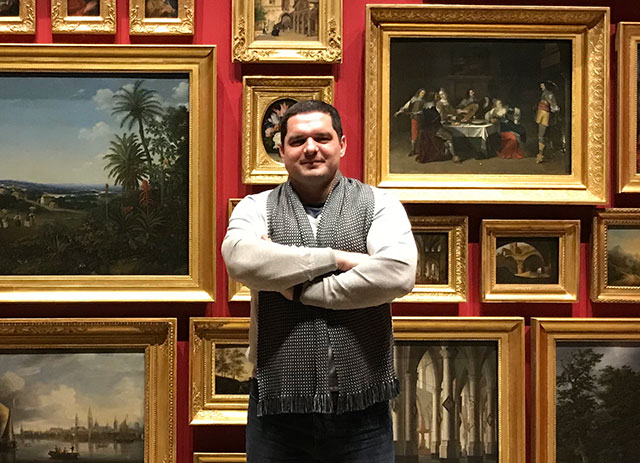
“The biggest challenge of any art collector is to find out how people in the future will describe the era in which we currently live.” Stemmed from this thinking, Daniel Varzari has built an art collection that acts as powerful tools and sources of knowledge for future generations to capture the spirit of our time.
Modern artists are revealing to the viewer worlds they have discovered, and then, using their artworks and art forms, inviting you to experience them as your own, even if it is garbage or complete nonsense. This is not more than an invitation to a theatrical extravaganza of transgendered and drug-addled camp nihilism, spiked with glitz and glamour and celebrity, and dialogue reduced to a cultivated vacuity. The question is how long will it last?
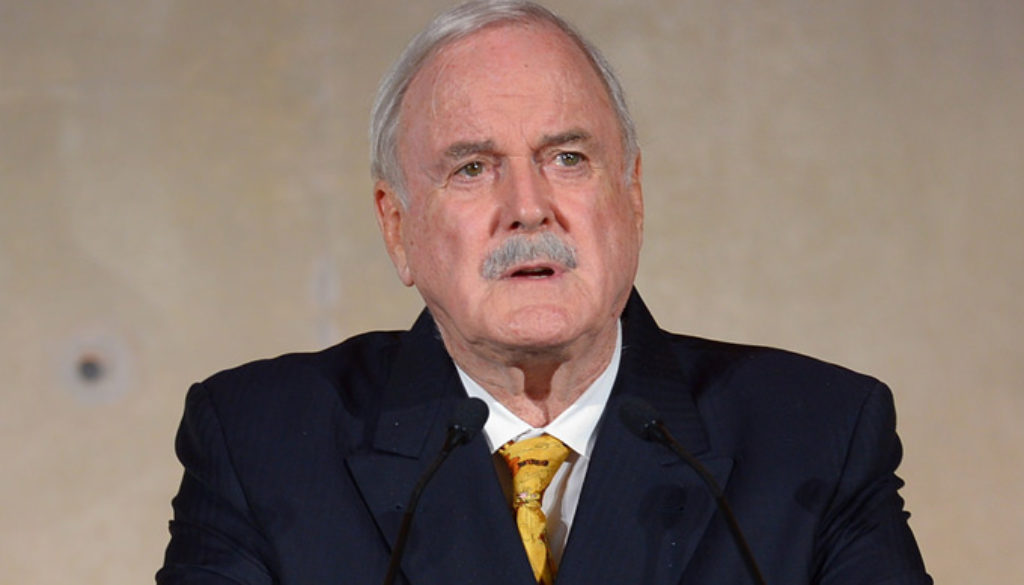
John Cleese said:
“I often say that, if you want to vastly overestimate your own capabilities, you need only do one of two things: (a) get coked out of your mind, or (b) get behind the wheel of a car.”
For example, the leader of Russia’s Orthodox believes contemporary art “show some horrors, some nonsense, idiocy.” He apparently doesn’t want to be challenged by culture, and only acknowledges artistic merits in relation to beauty, dismissing less aesthetically pleasing works as “filth and stupidity under the guise of art.”
One of the problems is that modern art, mostly based on ‘zombies’, is making attempts to operate according to non-aesthetic narrative principles, and sometimes is heading in different directions. We all know it takes time for the disease to cure unless you wish to praise tanked sharks or urinals.
Avital Ronell, an American philosopher who wrote a book on stupidity tells us:
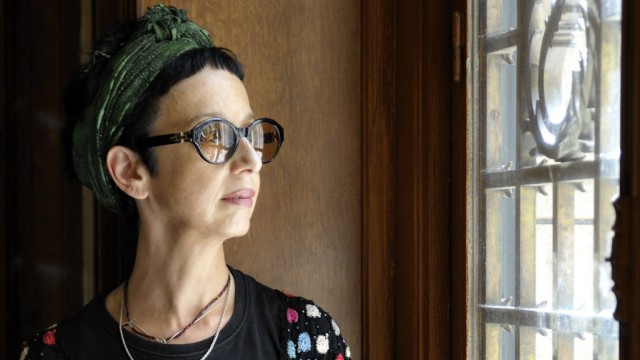
“Stupidity is also that which fatigues knowledge and wears down history. Maybe we should ask whether knowledge itself, by its own nature, is the one which naturally suffers from fatigue and wears as it passes on from one person to another.”
But what if the problem runs deeper in humanity than that? Indeed, what if our inability to perceive our own incompetence exactly matches the degree of the incompetence itself?
This performative inversion of values – in words, pictures and behavior – is quite other than the kind of cognitive deficiency or lack of authenticity or creativity usually artists are dealing with. Truth be told it is sparked by society fatigue from constant imposition, learning, knowledge, and rules. The humanity is thirsty for the transition from an orthodox classicism – to the new world order, no matter if it goes wrong ways or gets stuck. And it is not necessarily bad if the way to get unstuck is to start down the wrong path.

-
Art Advisory Services


